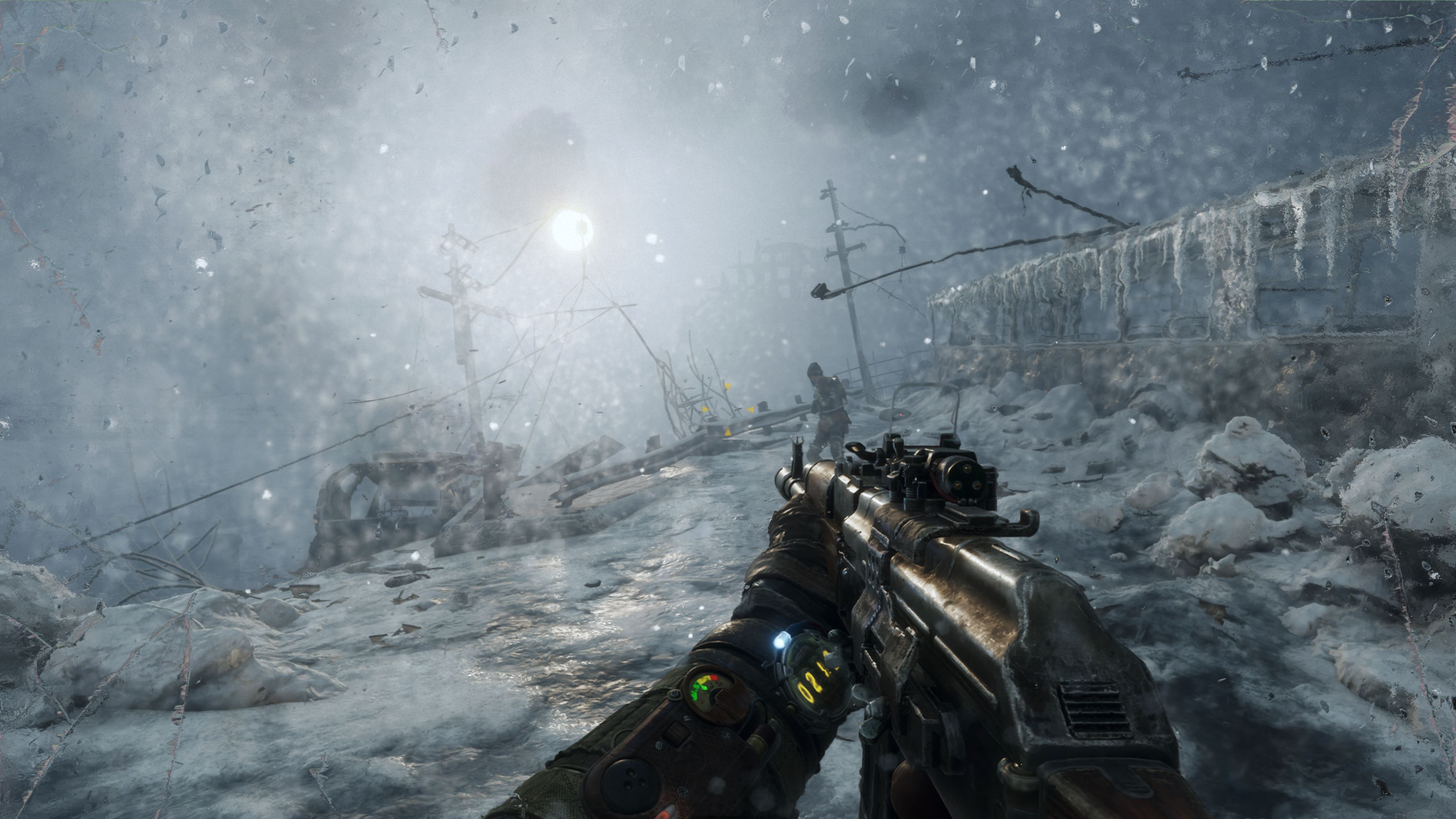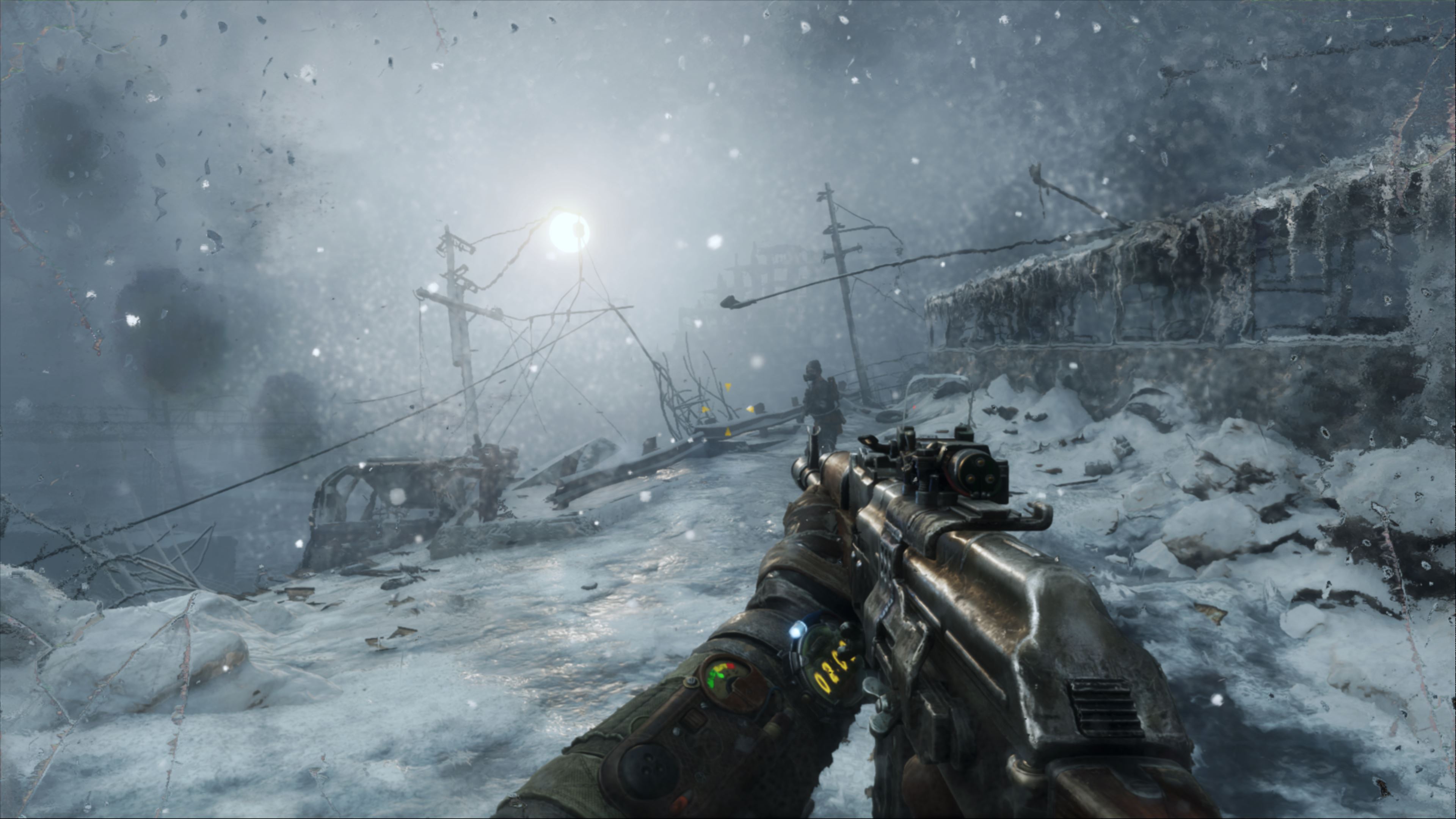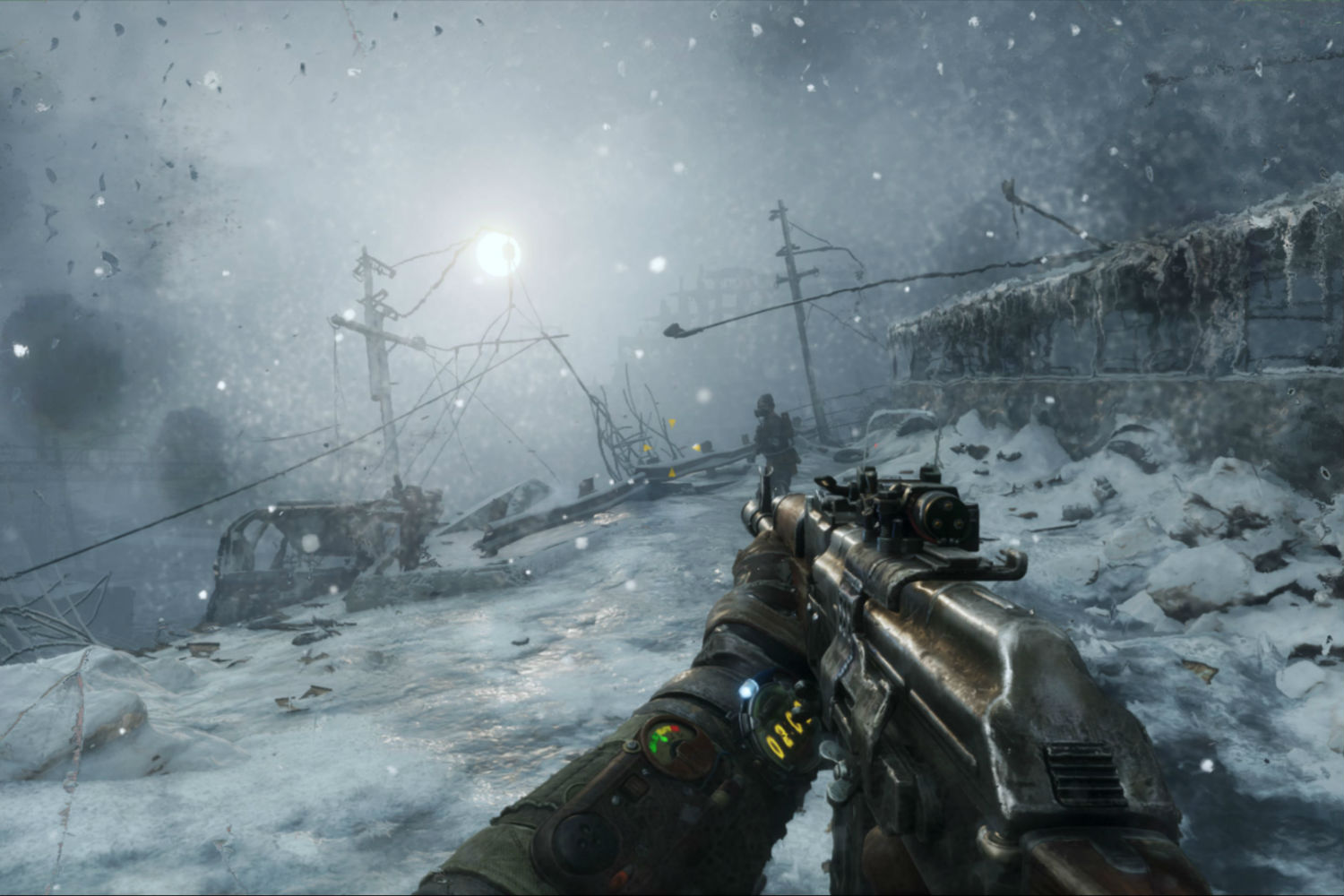Nvidia has made it clear that it’s aware of the problems its deep learning super sampling (DLSS) technology is causing for some gamers, especially at lower resolutions and it has pledged to fix them. The FAQ for the Tensor-core powered visual tweak suggests that Nvidia was making its improvement a “top priority,” particularly when running DLSS at resolutions lower than 4K.
DLSS seemed like it would be a far more impactful technology than ray tracing (in a positive way, at least) when Nvidia announced the pair of them with its launch of the RTX Turing graphics cards in 2018. Since then, though, we have got our hands on a few games with either or both technologies and DLSS has proven to be detrimental to visuals in the worst cases and barely useful in the best of them. Especially at resolutions other than 4K.
Blurry frames, stuttering, and oversharpening are just some of the visual artifacts and problems Nvidia users have been seeing. Fortunately, Nvidia acknowledged that these problems exist and pledged to fix them.
“We have seen the [blurry] screenshots and are listening to the community’s feedback about DLSS at lower resolutions, and are focusing on it as a top priority,” Nvidia said in its updated DLSS FAQ, via TechSpot. “We are adding more training data and some new techniques to improve quality, and will continue to train the deep neural network so that it improves over time.”
It goes on to explain that the reason DLSS is less effective at lower resolutions is that the artificial intelligence algorithm that makes DLSS possible requires source data to build the eventual (and ideally prettier) visuals from. With a 4K image, it has upwards of 4 million pixels to leverage to that end. With 1080P gameplay though, it’s restricted to just north of 1 million pixels, which in some games appears to cause the algorithm to be a bit overzealous with its smoothing tricks.
For the two flagship games that have introduced DLSS in recent months, Battlefield V and Metro Exodus, Nvidia already has plans for new patches to introduce improvements to DLSS. Although the release of neither patch was revealed, we are told that they will improve compatibility with lower and ultrawide resolutions, and increase the sharpness in Metro Exodus specifically, where we noted significant blurring with DLSS enabled on the latest Nvidia driver available at the time.
The question is, though, whether this is too little too late? We’re almost six months on from the release of the RTX Turing cards and the only two mainstream games that take advantage of both new RTX technologies are poor examples of them. Alongside high pricing, this could be why Nvidia has faced poor sales of its Turing GPUs.







